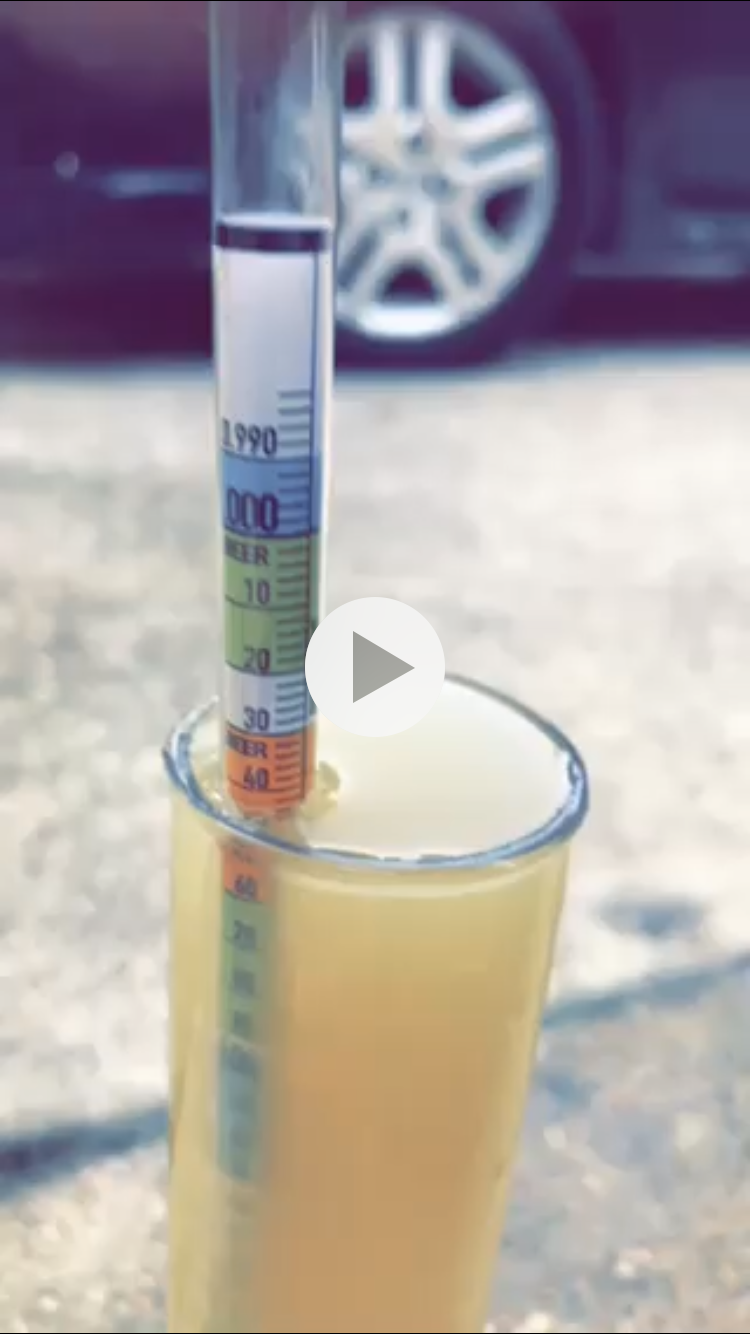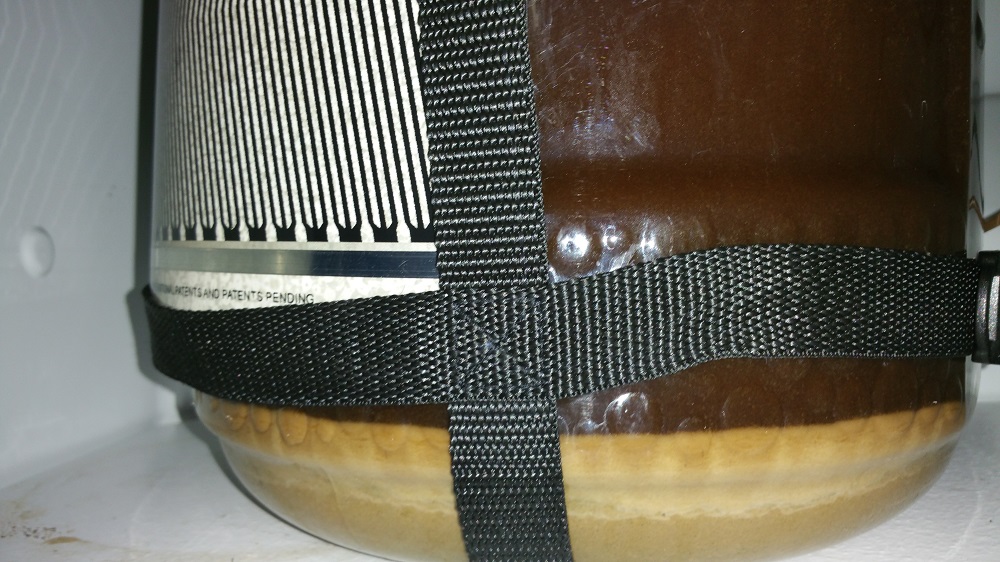Some of you may cringe reading this and I apologize, but I just completed my second “attempt” of brewing using the all grain method.
First attempt? Total fail. Trouble started when the valve got clogged trying to get the wort from the mash tun into the boiling pot. So as you can imagine, getting the wort transferred over without exposing it to oxygen did not happen. The “beer” tasted like water from the trinity river. Complete waste.
Second brew was much better, but still not close to what was a good beer. So here’s is what we did, hoping someone can see some flaws and let me know what to change. Brought the water up to temp, transferred it into the mash tun and stirred in the grain. Let it sit for an hour and opened the valve filling up and small pot and slowly pouring it back into the mash tun. Did this five it six times until the wort was clear and then began transferring into the boiling pot. It was much MUCH better than our first attempt. The wort was clear and we slowly added the sparge water until we got 5 gallons of wort. Instructions said this should take an hour??? We had the valve barely open but even so we had about 5 gallons of wort within 15 minutes. We probably did something wrong, please advise. Once the wort was in the pot we cranked up the burner and boiled it for an hour adding hops as instructed. One thing I noticed was the wort which was pretty clear coming from the mash tun (could not see through it, just mean there wasn’t a bunch of “stuff” in it) got real chalky when we added the hops? Anyways we boiled for an hour, inserted the wort chiller and brought the temp down to 80degrees. At that time we siphoned it into the primary fermentor and “pitched the yeast.” We had a packet of dry yeast and literally just sprinkled it on top of the wort in the fermentor. That can’t be right, correct? Covered the fermentor and inserted the air lock and put in a dark closet in the house. Stayed there for 3 weeks, but I never noticed any bubbles in the air lock like I’ve read about. Like never, never. I checked almost daily and no bubbles. 3 weeks later we siphoned from the primary fermentor to the secondary fermentor and began bottling. Let sit for another 10 days in bottles before refrigerating it.
Long story short, it wasn’t bad. It looked like beer, smelled like beer even tasted “like” beer. It was a little light on flavor (Hefeweizen), little light on alcohol and a little light on carbonation. I’m sure some of you can get me pointed in the right direction but again this was only our second attempt ever while using a brew kit for “advanced” brewers. Also, still had a lot of sentiment in the bottom of the bottles, how do you prevent that?
First attempt? Total fail. Trouble started when the valve got clogged trying to get the wort from the mash tun into the boiling pot. So as you can imagine, getting the wort transferred over without exposing it to oxygen did not happen. The “beer” tasted like water from the trinity river. Complete waste.
Second brew was much better, but still not close to what was a good beer. So here’s is what we did, hoping someone can see some flaws and let me know what to change. Brought the water up to temp, transferred it into the mash tun and stirred in the grain. Let it sit for an hour and opened the valve filling up and small pot and slowly pouring it back into the mash tun. Did this five it six times until the wort was clear and then began transferring into the boiling pot. It was much MUCH better than our first attempt. The wort was clear and we slowly added the sparge water until we got 5 gallons of wort. Instructions said this should take an hour??? We had the valve barely open but even so we had about 5 gallons of wort within 15 minutes. We probably did something wrong, please advise. Once the wort was in the pot we cranked up the burner and boiled it for an hour adding hops as instructed. One thing I noticed was the wort which was pretty clear coming from the mash tun (could not see through it, just mean there wasn’t a bunch of “stuff” in it) got real chalky when we added the hops? Anyways we boiled for an hour, inserted the wort chiller and brought the temp down to 80degrees. At that time we siphoned it into the primary fermentor and “pitched the yeast.” We had a packet of dry yeast and literally just sprinkled it on top of the wort in the fermentor. That can’t be right, correct? Covered the fermentor and inserted the air lock and put in a dark closet in the house. Stayed there for 3 weeks, but I never noticed any bubbles in the air lock like I’ve read about. Like never, never. I checked almost daily and no bubbles. 3 weeks later we siphoned from the primary fermentor to the secondary fermentor and began bottling. Let sit for another 10 days in bottles before refrigerating it.
Long story short, it wasn’t bad. It looked like beer, smelled like beer even tasted “like” beer. It was a little light on flavor (Hefeweizen), little light on alcohol and a little light on carbonation. I’m sure some of you can get me pointed in the right direction but again this was only our second attempt ever while using a brew kit for “advanced” brewers. Also, still had a lot of sentiment in the bottom of the bottles, how do you prevent that?
Last edited:







